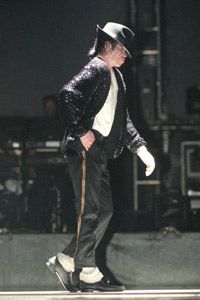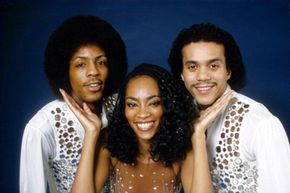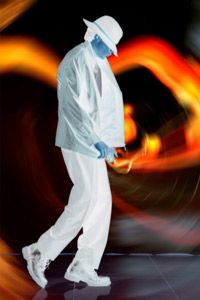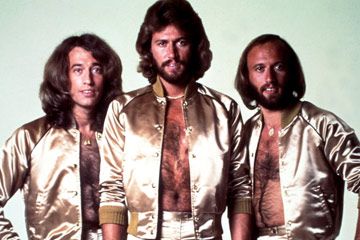Short, black pants showing off sparkly socks ... a black sequined jacket ... a single white glove ... and a dance step that amazed the world. If you were sitting in front of your TV on May 16, 1983, and watching the NBC special "Motown 25: Yesterday, Today, and Forever," you witnessed something truly amazing. During his performance of "Billie Jean," Michael Jackson debuted the moonwalk. If you were a child of the 1980s, you were probably talking to your friends the next day about what you'd seen -- and trying to replicate Jackson's moves. Even if you didn't see the debut, you doubtless saw Jackson perform the moonwalk numerous times afterward, because it became his signature dance move.
If you're not familiar with the moonwalk, it's a dance step in which the dancer looks like he or she's walking forward but being pulled backward. Swinging arms and neck jerks help cement the illusion, which is very smooth and convincing when performed by a skilled dancer. That's why any performance of the moonwalk (no matter who does it) tends to draw an appreciative crowd. Michael was such a trendsetter in the entertainment world, so it makes sense to conclude that the moonwalk was just another creation of his. However, this dance step had existed in one form or another for at least 50 years before he set foot on that stage in 1983. Michael didn't invent it; he just made it his own and made it a sensation. And while it may seem impossible, anybody can do it -- with a lot of practice.
Advertisement
First, though, let's take a look at the evolution of the moonwalk. On the next page, find out how dance styles from the 1930s to the 1970s meshed with mime movements and resulted in the iconic dance step.



